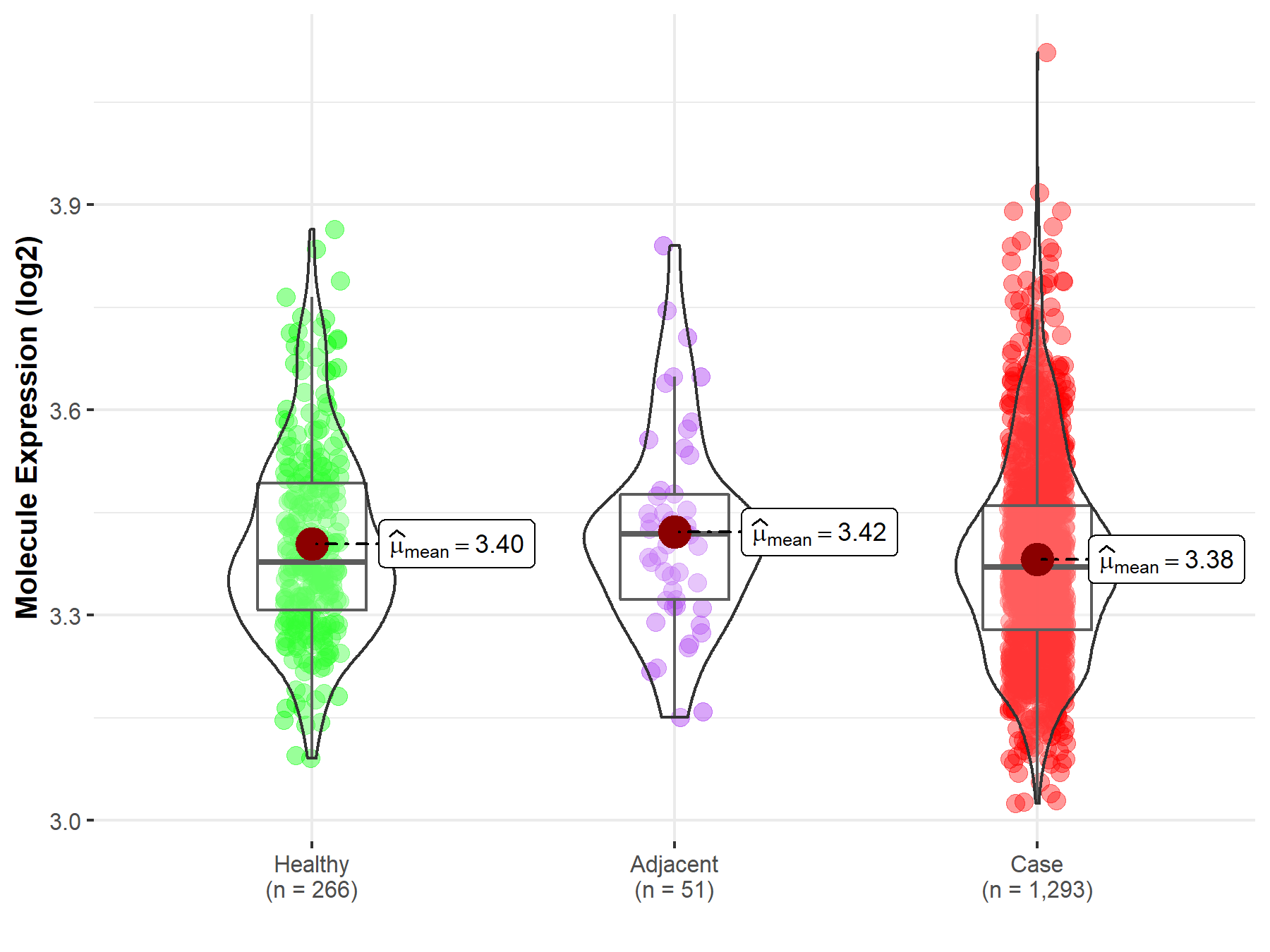Molecule Information
General Information of the Molecule (ID: Mol00685)
| Name |
Short transient receptor potential channel 5 (TRPC5)
,Homo sapiens
|
||||
|---|---|---|---|---|---|
| Synonyms |
TrpC5; Transient receptor protein 5; TRP-5; hTRP-5; hTRP5; TRP5
Click to Show/Hide
|
||||
| Molecule Type |
Protein
|
||||
| Gene Name |
TRPC5
|
||||
| Gene ID | |||||
| Location |
chrX:111768011-112082776[-]
|
||||
| Sequence |
MAQLYYKKVNYSPYRDRIPLQIVRAETELSAEEKAFLNAVEKGDYATVKQALQEAEIYYN
VNINCMDPLGRSALLIAIENENLEIMELLLNHSVYVGDALLYAIRKEVVGAVELLLSYRR PSGEKQVPTLMMDTQFSEFTPDITPIMLAAHTNNYEIIKLLVQKRVTIPRPHQIRCNCVE CVSSSEVDSLRHSRSRLNIYKALASPSLIALSSEDPILTAFRLGWELKELSKVENEFKAE YEELSQQCKLFAKDLLDQARSSRELEIILNHRDDHSEELDPQKYHDLAKLKVAIKYHQKE FVAQPNCQQLLATLWYDGFPGWRRKHWVVKLLTCMTIGFLFPMLSIAYLISPRSNLGLFI KKPFIKFICHTASYLTFLFMLLLASQHIVRTDLHVQGPPPTVVEWMILPWVLGFIWGEIK EMWDGGFTEYIHDWWNLMDFAMNSLYLATISLKIVAYVKYNGSRPREEWEMWHPTLIAEA LFAISNILSSLRLISLFTANSHLGPLQISLGRMLLDILKFLFIYCLVLLAFANGLNQLYF YYETRAIDEPNNCKGIRCEKQNNAFSTLFETLQSLFWSVFGLLNLYVTNVKARHEFTEFV GATMFGTYNVISLVVLLNMLIAMMNNSYQLIADHADIEWKFARTKLWMSYFDEGGTLPPP FNIIPSPKSFLYLGNWFNNTFCPKRDPDGRRRRRNLRSFTERNADSLIQNQHYQEVIRNL VKRYVAAMIRNSKTHEGLTEENFKELKQDISSFRYEVLDLLGNRKHPRSFSTSSTELSQR DDNNDGSGGARAKSKSVSFNLGCKKKTCHGPPLIRTMPRSSGAQGKSKAESSSKRSFMGP SLKKLGLLFSKFNGHMSEPSSEPMYTISDGIVQQHCMWQDIRYSQMEKGKAEACSQSEIN LSEVELGEVQGAAQSSECPLACSSSLHCASSICSSNSKLLDSSEDVFETWGEACDLLMHK WGDGQEEQVTTRL Click to Show/Hide
|
||||
| Function |
Thought to form a receptor-activated non-selective calcium permeant cation channel. Probably is operated by a phosphatidylinositol second messenger system activated by receptor tyrosine kinases or G-protein coupled receptors. Has also been shown to be calcium-selective (By similarity). May also be activated by intracellular calcium store depletion. Mediates calcium-dependent phosphatidylserine externalization and apoptosis in neurons via its association with PLSCR1 (By similarity).
Click to Show/Hide
|
||||
| Uniprot ID | |||||
| Ensembl ID | |||||
| HGNC ID | |||||
| Click to Show/Hide the Complete Species Lineage | |||||
Type(s) of Resistant Mechanism of This Molecule
Drug Resistance Data Categorized by Drug
Approved Drug(s)
1 drug(s) in total
| Drug Sensitivity Data Categorized by Their Corresponding Mechanisms | ||||
|
|
||||
| Disease Class: Breast cancer | [1] | |||
| Sensitive Disease | Breast cancer [ICD-11: 2C60.3] | |||
| Sensitive Drug | Paclitaxel | |||
| Molecule Alteration | Expression | Down-regulation |
||
| Experimental Note | Revealed Based on the Cell Line Data | |||
| Cell Pathway Regulation | Cell proliferation | Inhibition | hsa05200 | |
| TRPC5 signaling pathway | Regulation | hsa05206 | ||
| In Vitro Model | MCF-7/ADM cells | Breast | Homo sapiens (Human) | CVCL_0031 |
| Experiment for Molecule Alteration |
Western blot analysis | |||
| Experiment for Drug Resistance |
MTT assay | |||
| Mechanism Description | The overexpression of miR-320a, which downregulated TRPC5 and NFATC3, colud inreduce chemoresistance. | |||
Disease- and Tissue-specific Abundances of This Molecule
ICD Disease Classification 02

| Differential expression of molecule in resistant diseases | ||
| The Studied Tissue | Breast tissue | |
| The Specified Disease | Breast cancer | |
| The Expression Level of Disease Section Compare with the Healthy Individual Tissue | p-value: 1.61E-02; Fold-change: -7.61E-03; Z-score: -5.43E-02 | |
| The Expression Level of Disease Section Compare with the Adjacent Tissue | p-value: 5.83E-02; Fold-change: -4.79E-02; Z-score: -3.32E-01 | |
|
Molecule expression in the normal tissue adjacent to the diseased tissue of patients
Molecule expression in the diseased tissue of patients
Molecule expression in the normal tissue of healthy individuals
|
||
| Disease-specific Molecule Abundances |

|
Click to View the Clearer Original Diagram |
Tissue-specific Molecule Abundances in Healthy Individuals


|
||
References
If you find any error in data or bug in web service, please kindly report it to Dr. Sun and Dr. Zhang.
